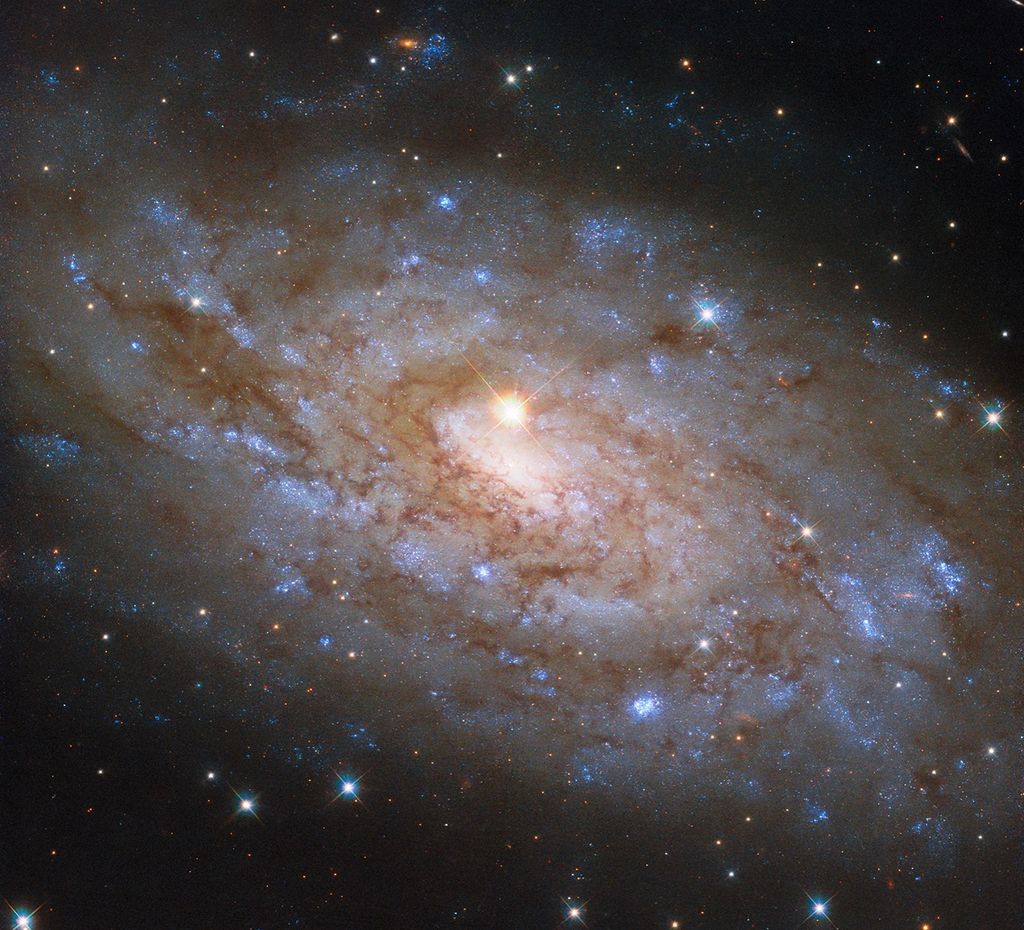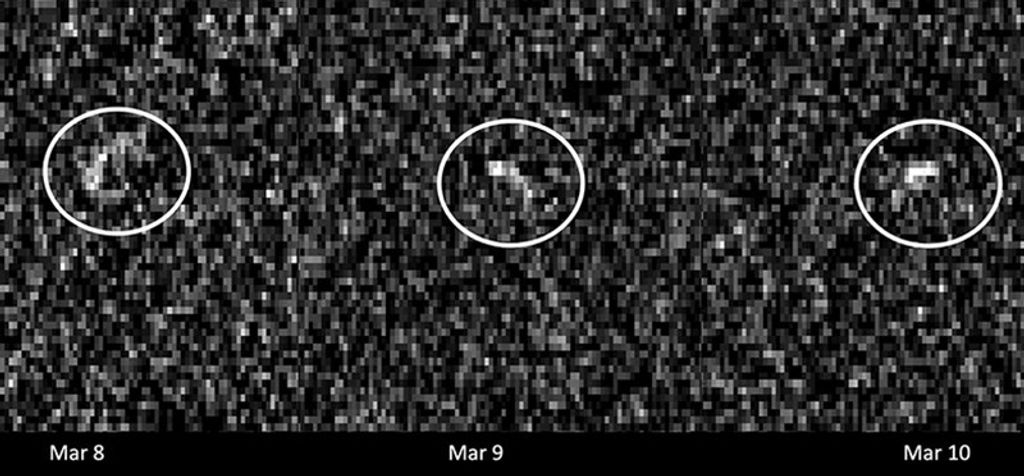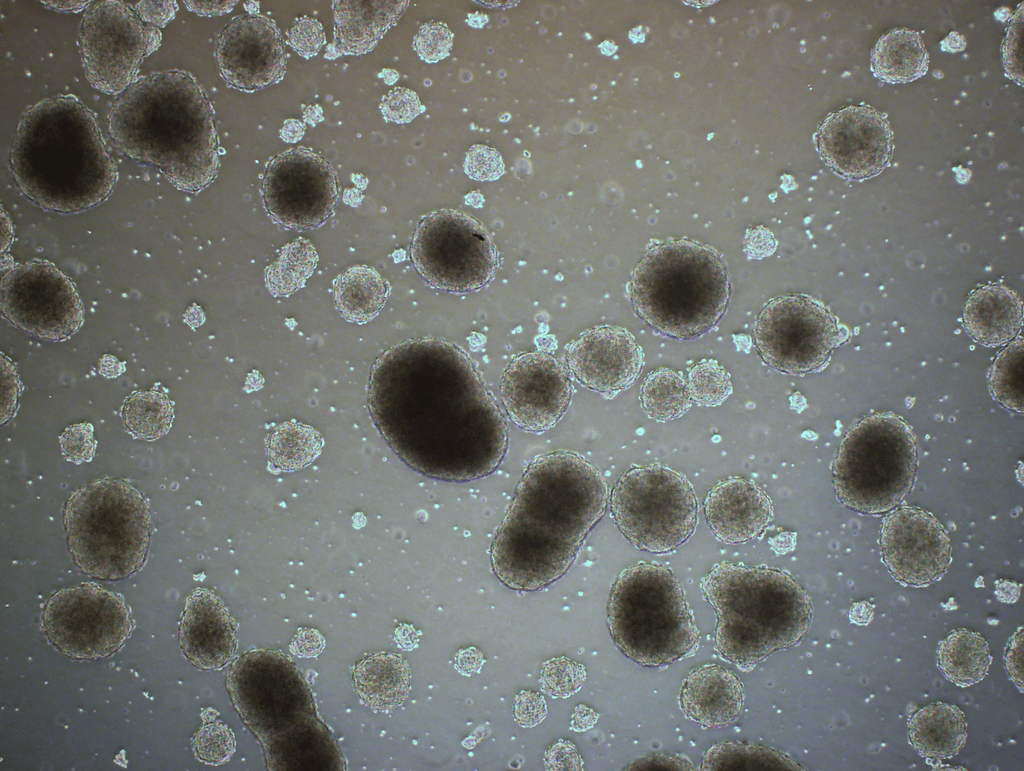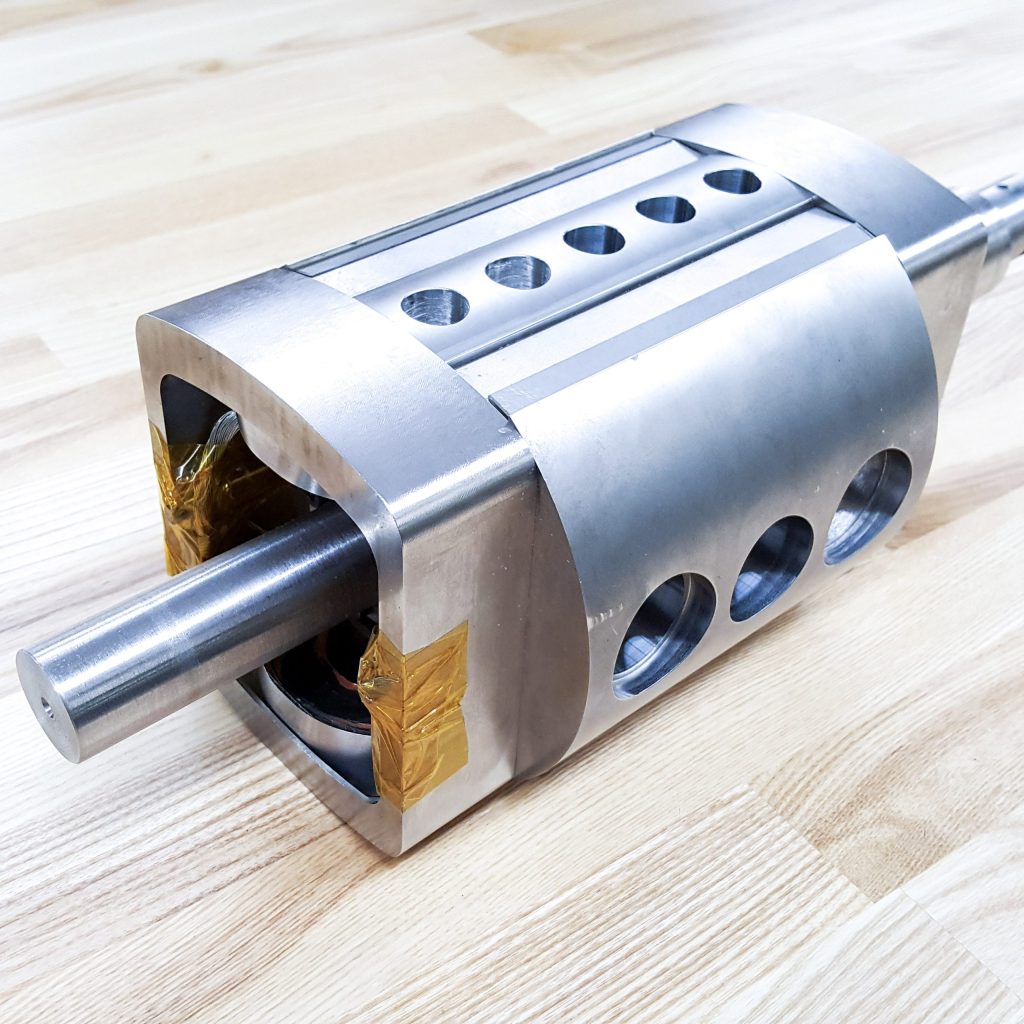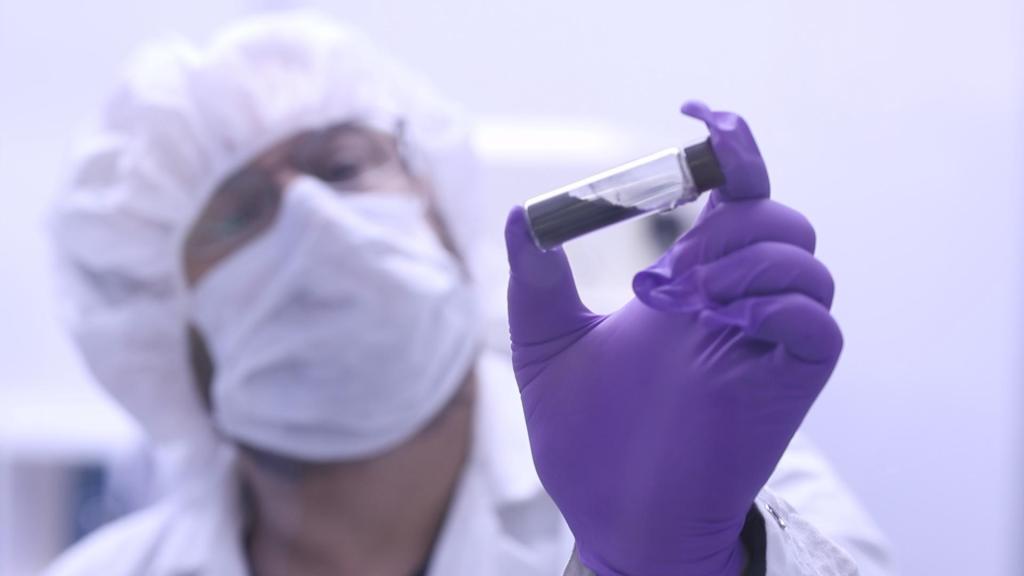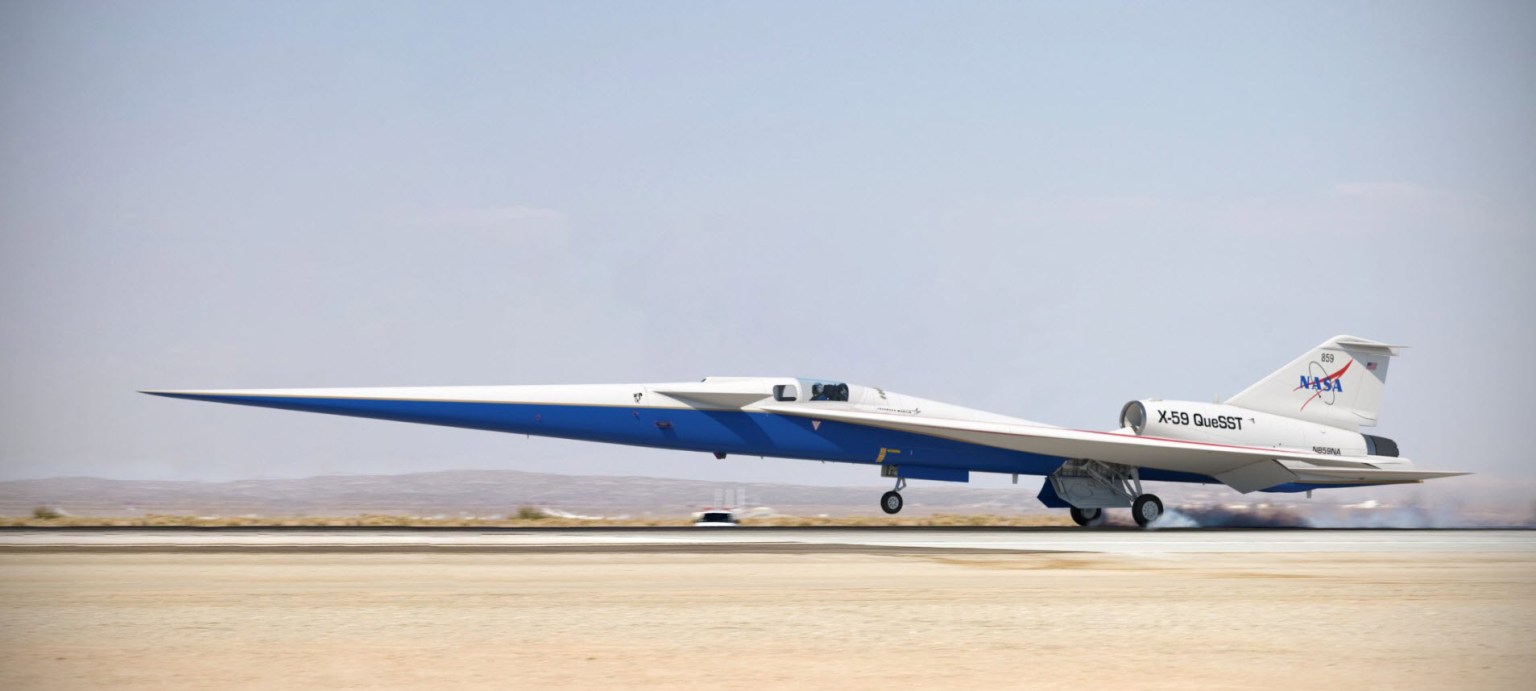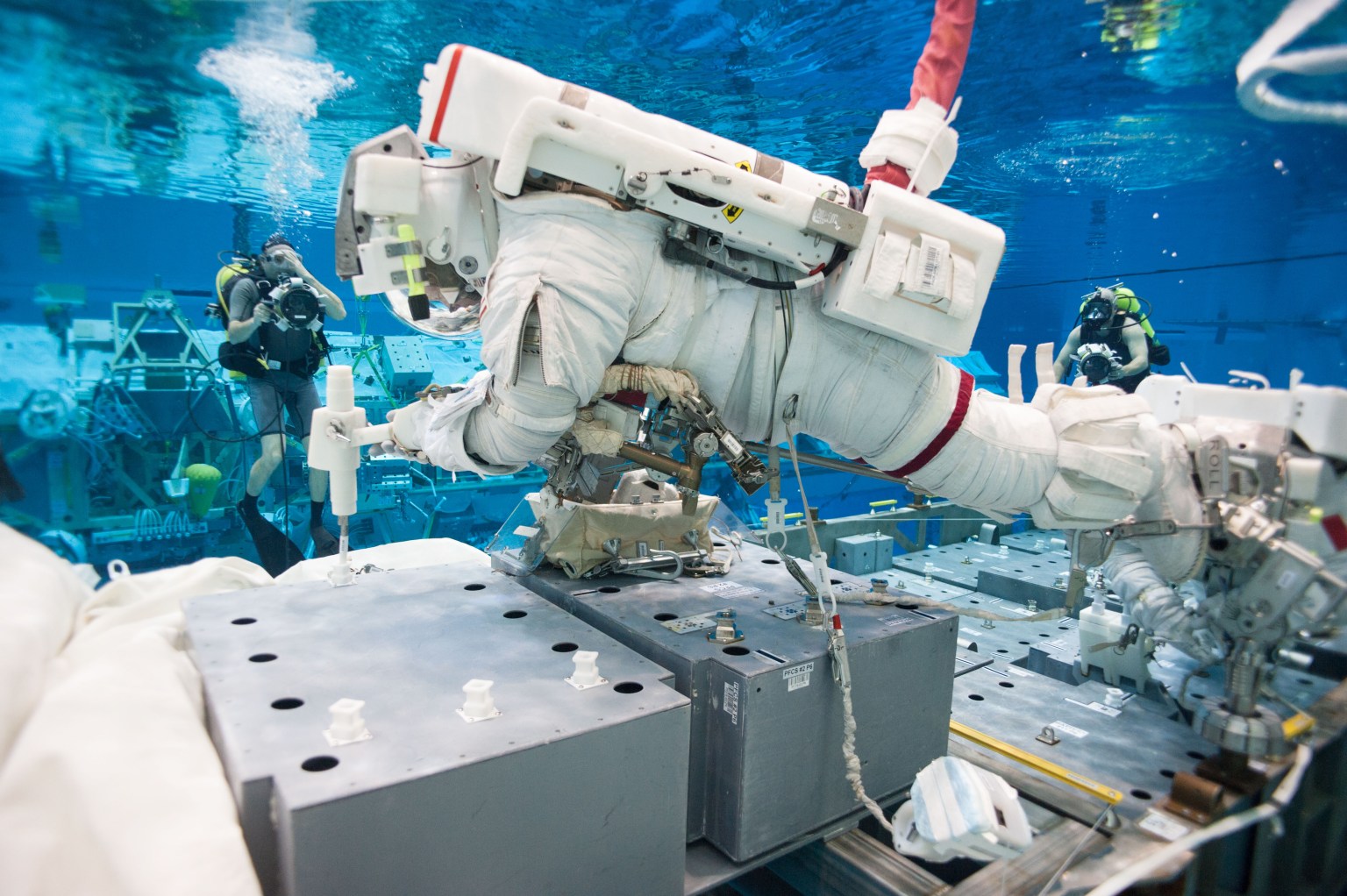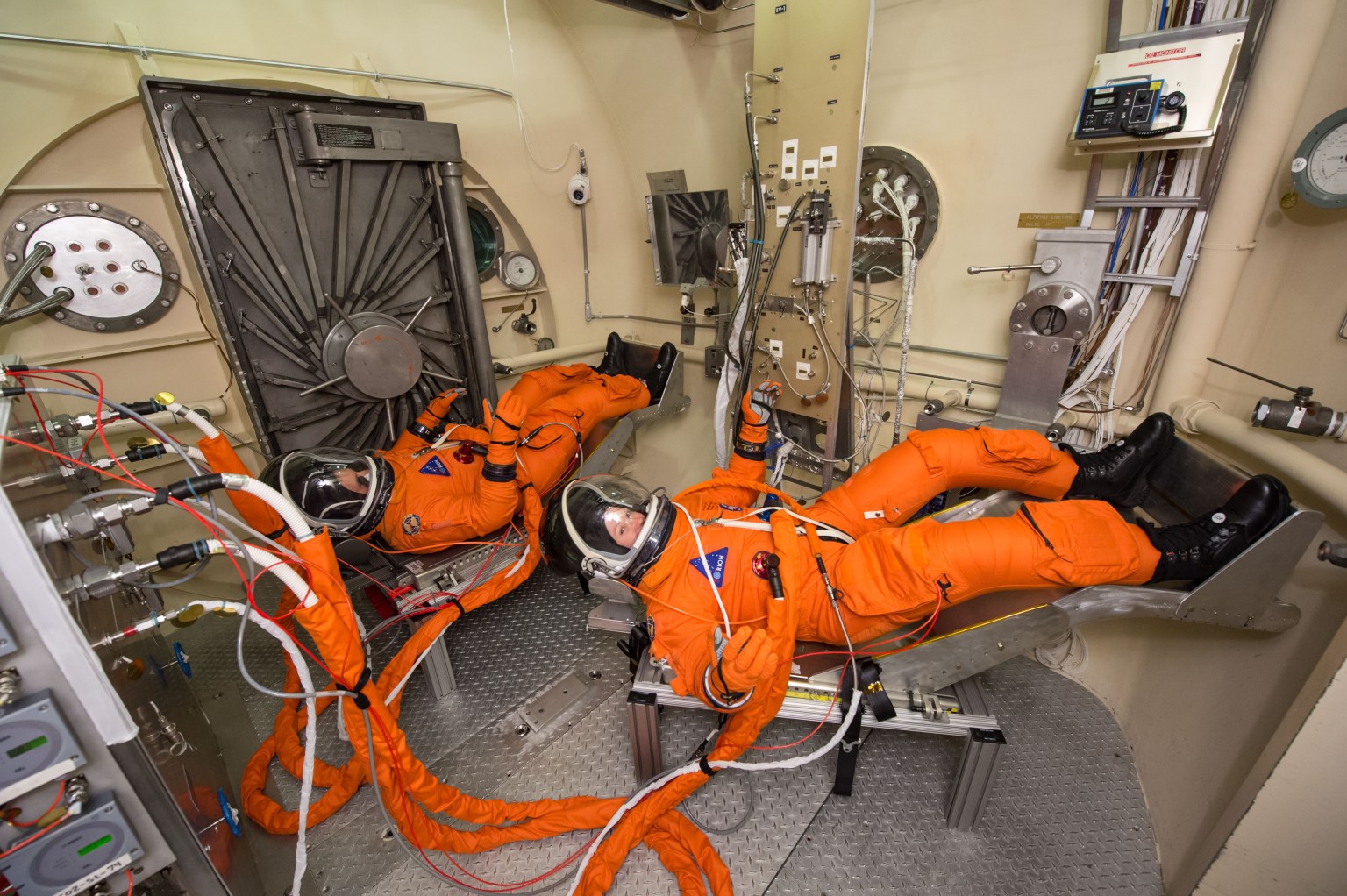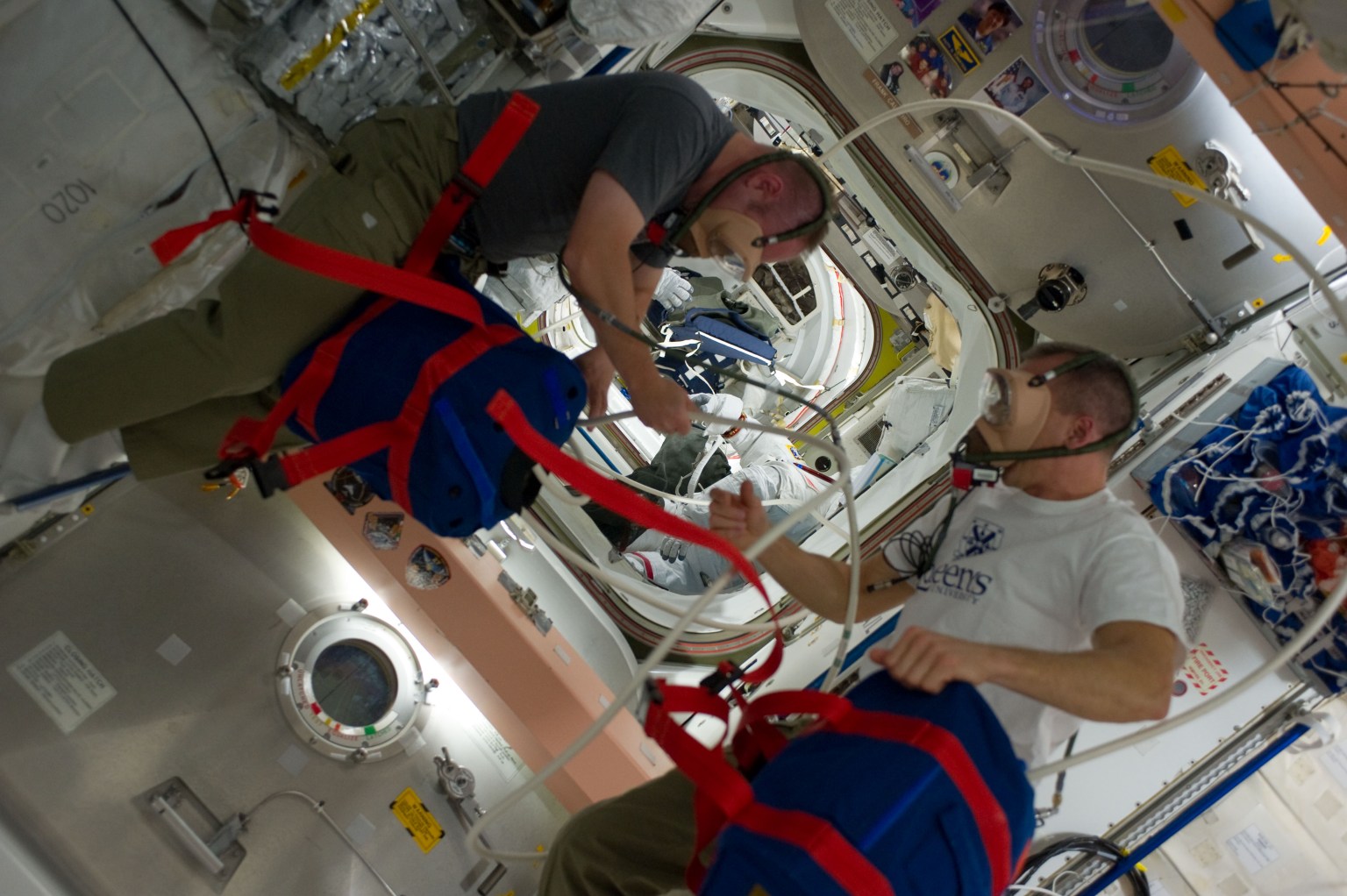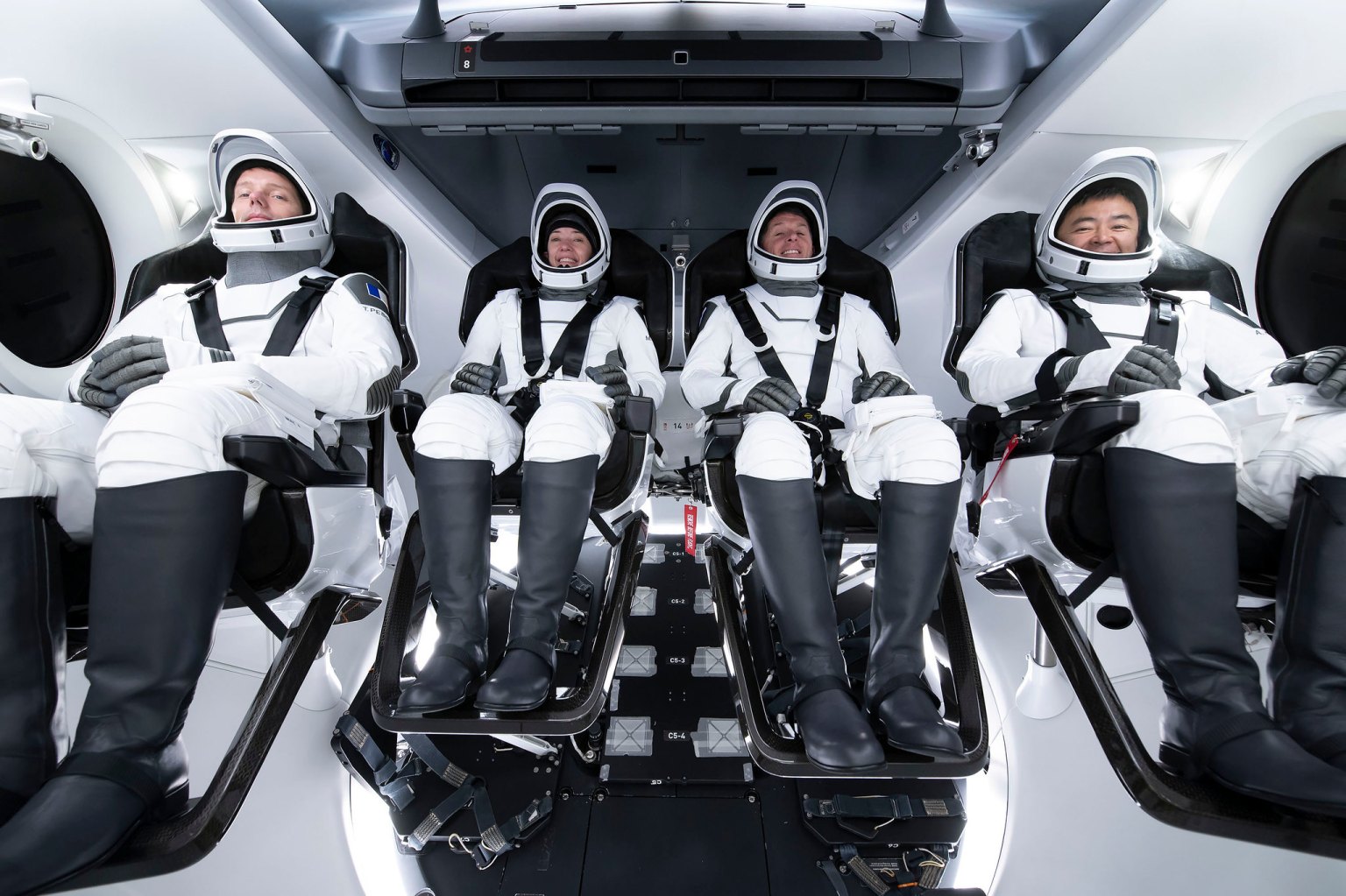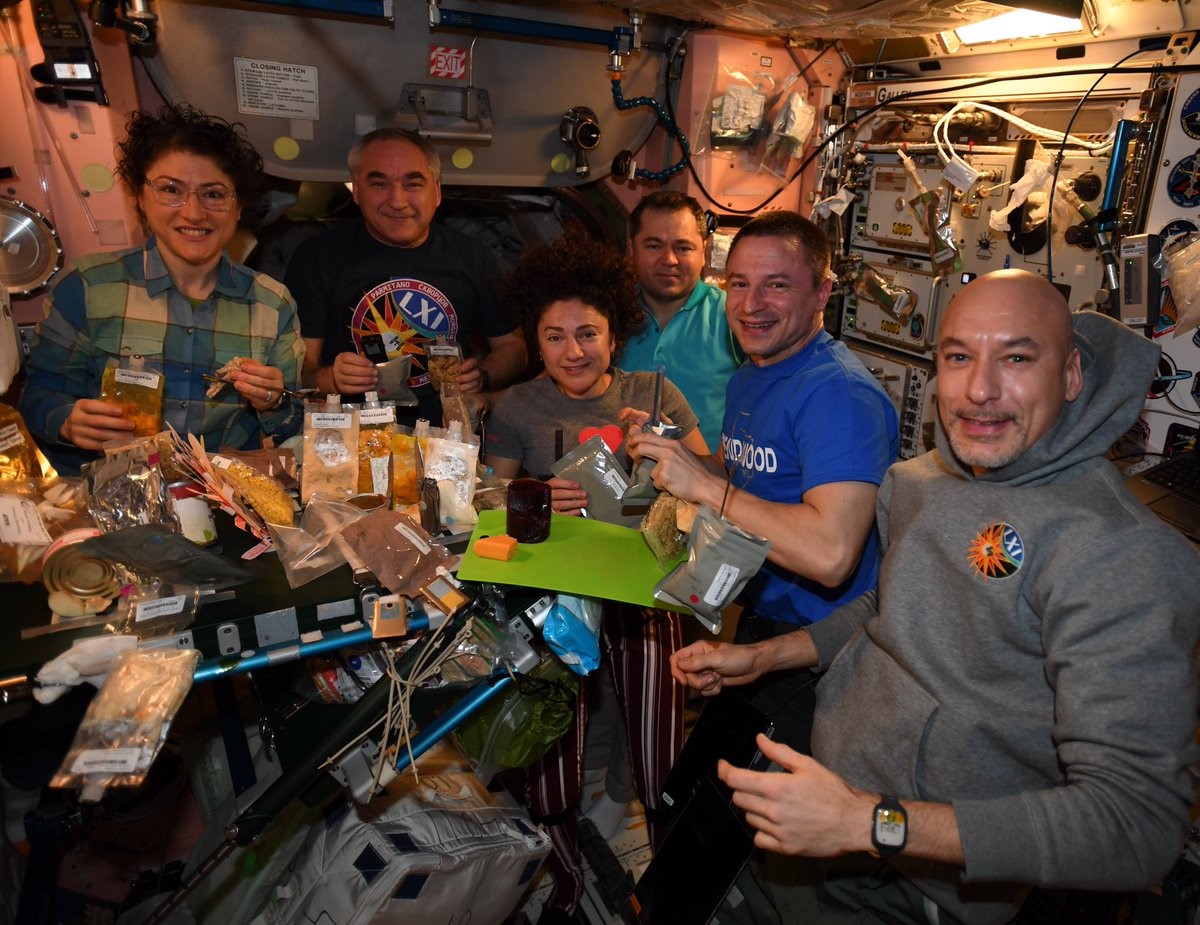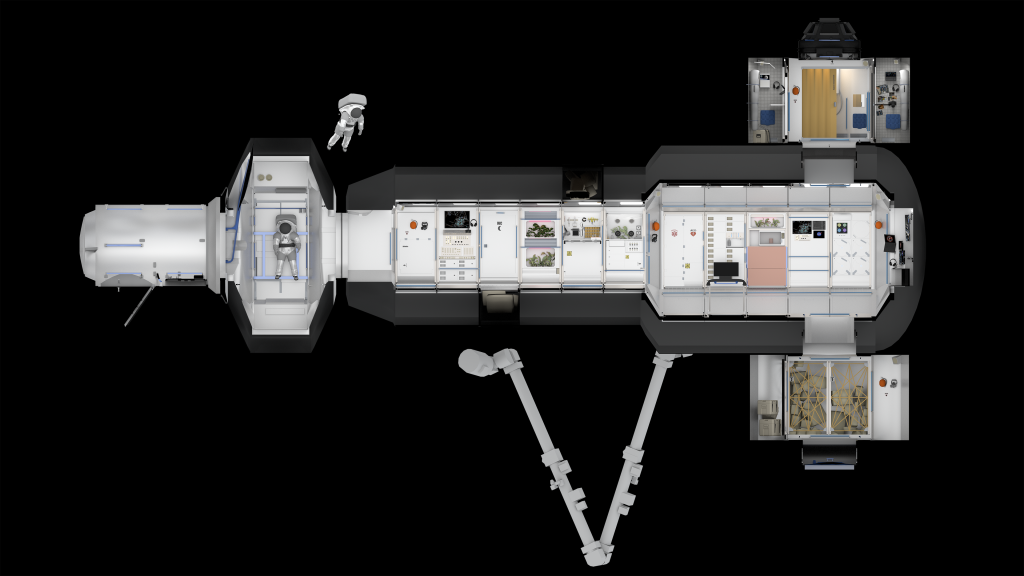
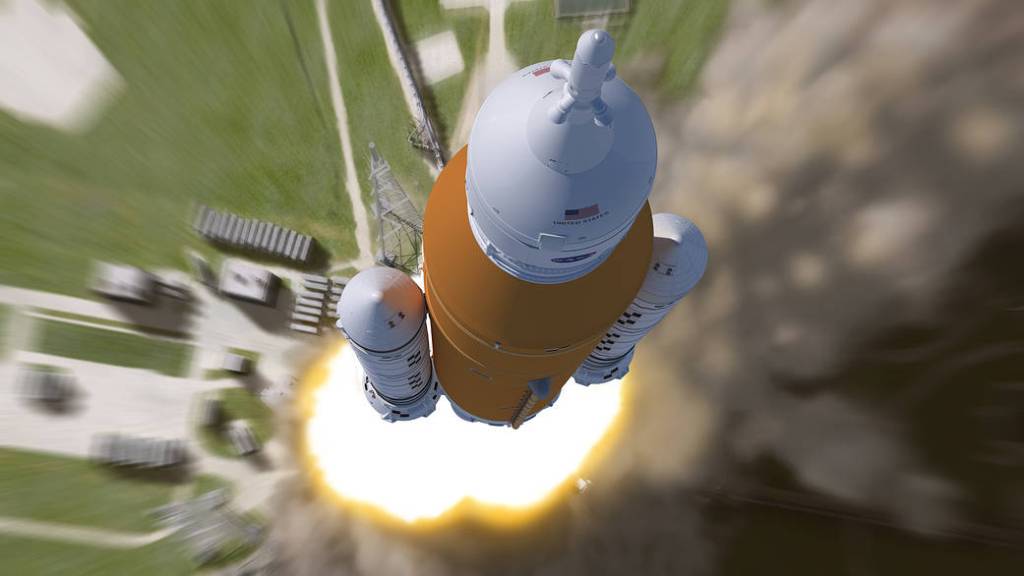

Human Spaceflight and Aviation Standards
The Human Spaceflight and Aviation Standards Team continuously works with subject matter experts and with each space flight program to provide the best technical requirements and implementation documentation to support the development of new programs.
Risk of Venous Thromboembolism During Spaceflight
In October 2024, NASA’s Office of the Chief Health and Medical Officer (OCHMO) initiated a working group to review the…
Read the Story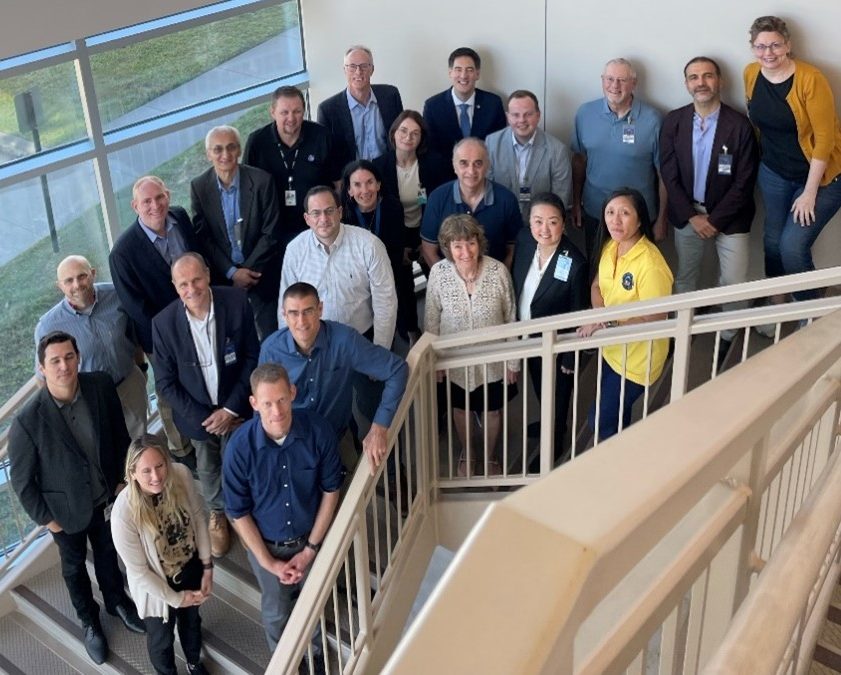
OCHMO Independent Assessments
Independent assessment plays a crucial role in NASA’s long-term success by addressing essential questions requiring rapid response to support further program development. The Office of the Chief Health and Medical Officer (OCHMO) uses this process as a tool for decision-making and providing unbiased insight into issues that arise concerning crew health and safety. Technical Interchange Meetings (TIMs) allow NASA subject matter experts (SMEs) to consult with outside experts from industry, academia, hospitals and clinical settings, and the military to better understand specific risks, gain knowledge of current best practices and cutting-edge research occurring outside NASA, and to answer questions on topics the NASA SMEs develop and share prior to the meeting. Results of these independent assessment TIMs are incorporated into the NASA-STD-3001 documents, future editions of OCHMO technical briefs, informative summary reports, and/or program technical memos.
Learn More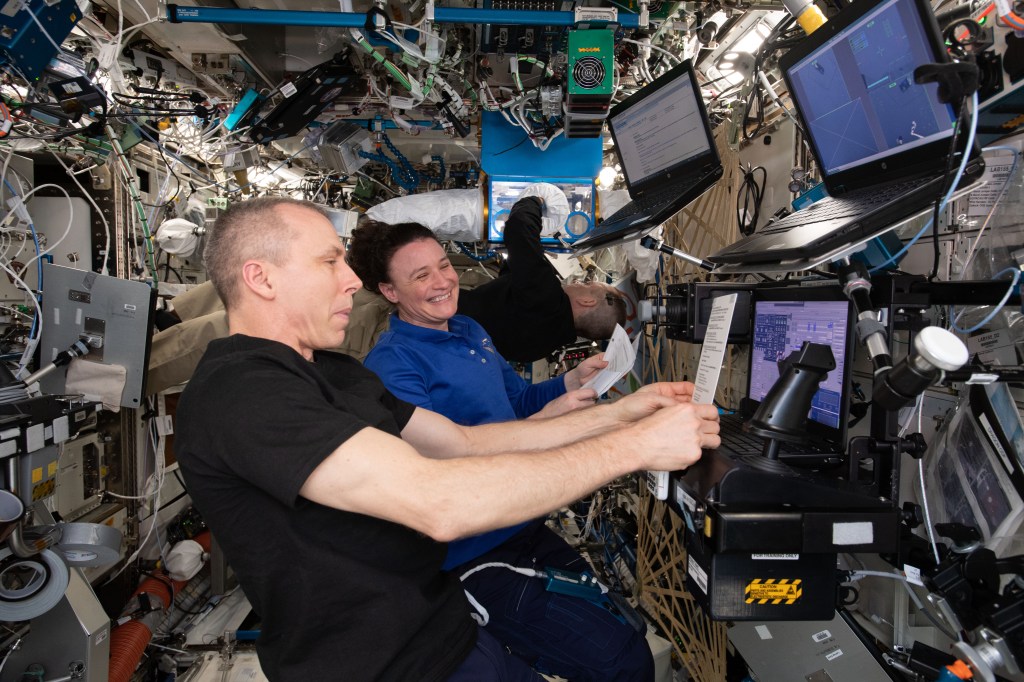
Astronaut physiological deconditioning and exercise prescription countermeasures in spaceflight (NASA/SP-20250000273)
The NASA Office of the Chief Health and Medical Officer NASA-STD-3001 Standards Team develops requirements utilized by commercial and international partners to better understand spaceflight-induced physiological changes and countermeasures and expected outcomes with or without exercise.
Urinary Health
This medical technical brief describes the conditions of urinary retention, UTIs, and renal stones, and how they are affected by spaceflight conditions as well as outcomes and countermeasures used to prevent them.
Learn More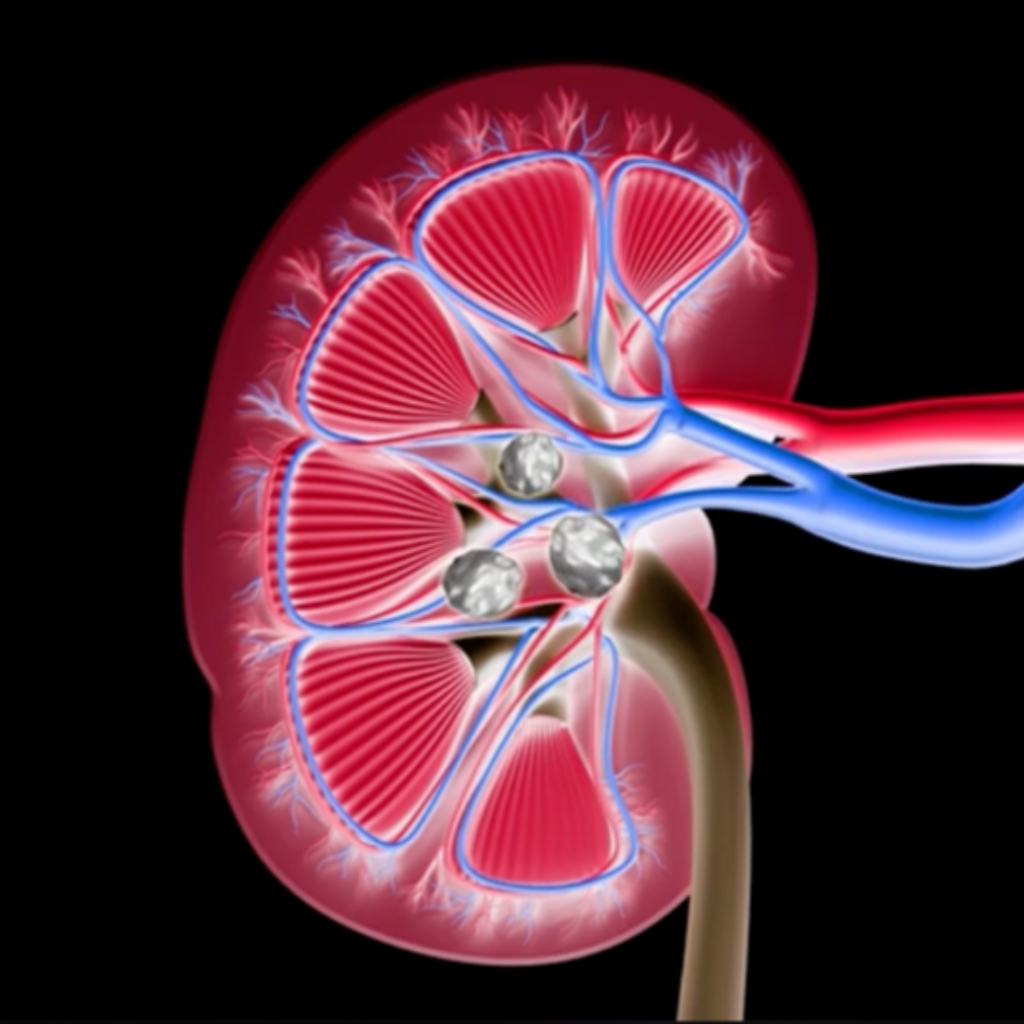
Technical Briefs
Human Physiology and Behavioral Health
Crew health and performance are critical to successful human space exploration. This section contains briefs describing the effects of spaceflight on human physiology and behavioral health and provides some of the knowledge base, technologies, and countermeasure strategies that permit safe and successful human spaceflight.
View Briefs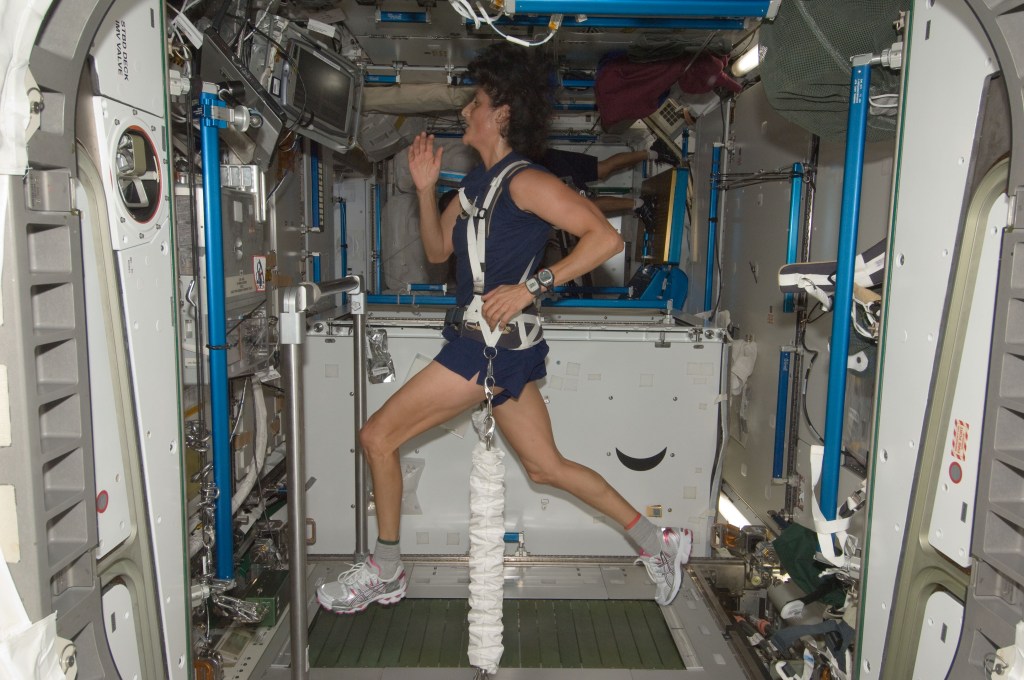
Medical Care
Spaceflight presents unique medical challenges, requiring specialized approaches to healthcare in a remote, confined environment. This section covers briefs on in-flight medical capabilities, crew screening and monitoring, pharmaceuticals and medications, and contingency planning.
View Briefs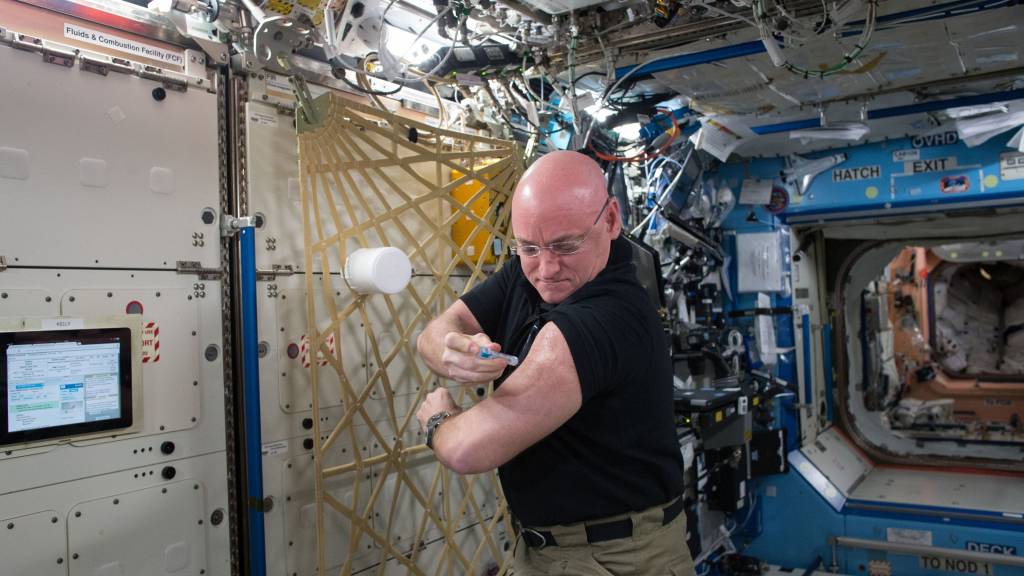
Mishaps
Understanding and mitigating mistakes and malfunctions is crucial for mission success. This section focuses on mishaps related to behavioral health, decompression, entry and landing, and extravehicular activity. The briefs analyze past incidents to inform safety protocols and risk management strategies for crew safety and mission reliability.
View Briefs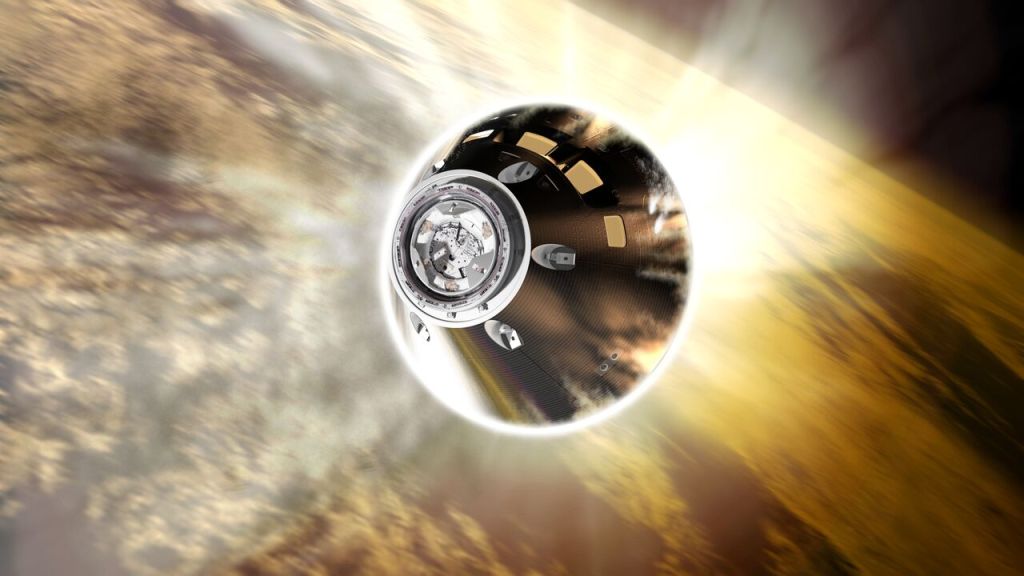
Vehicle Systems
The design and functionality of spacecraft systems are vital for supporting human life and wellbeing in space. This section covers a broad range of briefs, from acoustics, lighting, and automated and robotic systems, to microbiology, rovers, and environmental control and life support systems.
View Briefs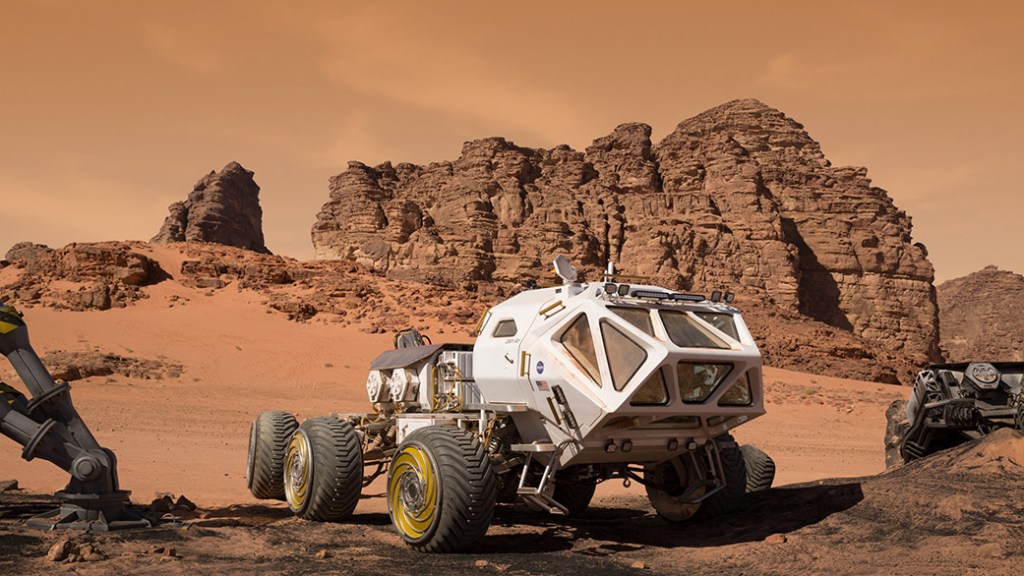
Technical Briefs
Specialized content that relates to human spaceflight and vehicle design.
Technical Briefs are available for standards that offer technical data, background, and application notes for vehicle developers and medical professionals. These tech briefs integrate content from multiple standards and provide a quick, informative resource to reference when working with NASA-STD-3001. Browse to view all technical briefs or explore by category to the right.
View All
Assessment of PFO as Related to DCS in the Spaceflight Environment and During Ground Testing
In June 2024, the NASA Office of the Chief Health and Medical Officer (OCHMO) Standards Team hosted an independent assessment…
Read the Story
OCHMO Human Spaceflight Standards Newsletter September 2024
The OCHMO Standards team generates newsletters to inform the community on changes to requirements and to solicit input on future needs.
Recent updates from the team include updates to the OCHMO-STD-100.1 NASA Medical Selection, Recertification, and Mission Medical Evaluation Standards, additions to the Technical Brief Library, and current independent assessments that this is facilitating.
Read More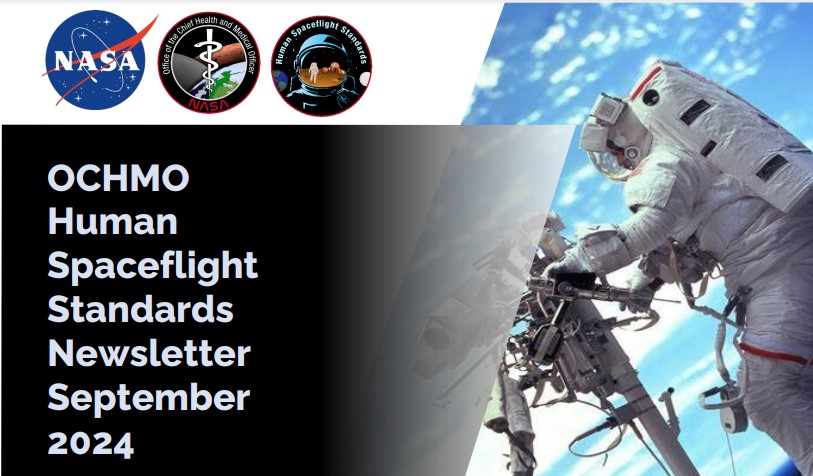
Past Newsletters
See the past newsletters from over the years since 2019. We cover the latest activities of the Human Spaceflight Standards team and how we are contributing to the safety and health of spaceflight crewmembers.
Read More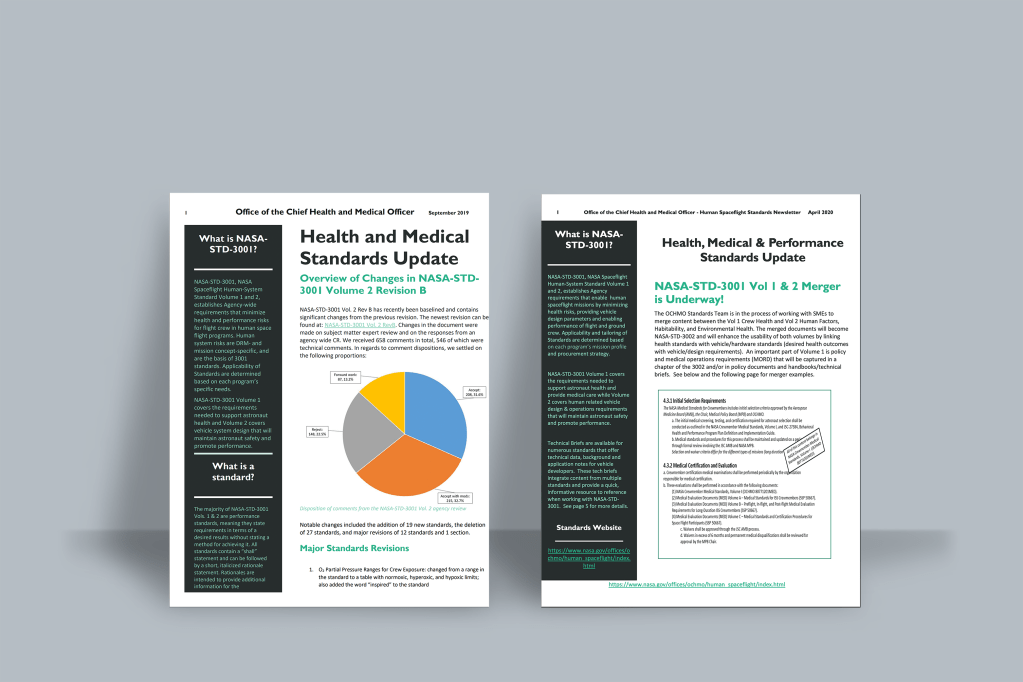
Latest Standard Update
NASA Space Flight Medical Selection, Recertification and Mission Evaluation Standards
OCHMO-STD-100.1, Revision A
OCHMO-STD-100.1 is published by NASA to provide uniform medical requirements for astronaut selection, recertification and medical mission evaluations for low earth orbit missions.
Revision A provides updates to the medical selection criteria and added the mission medical evaluations for low earth missions.
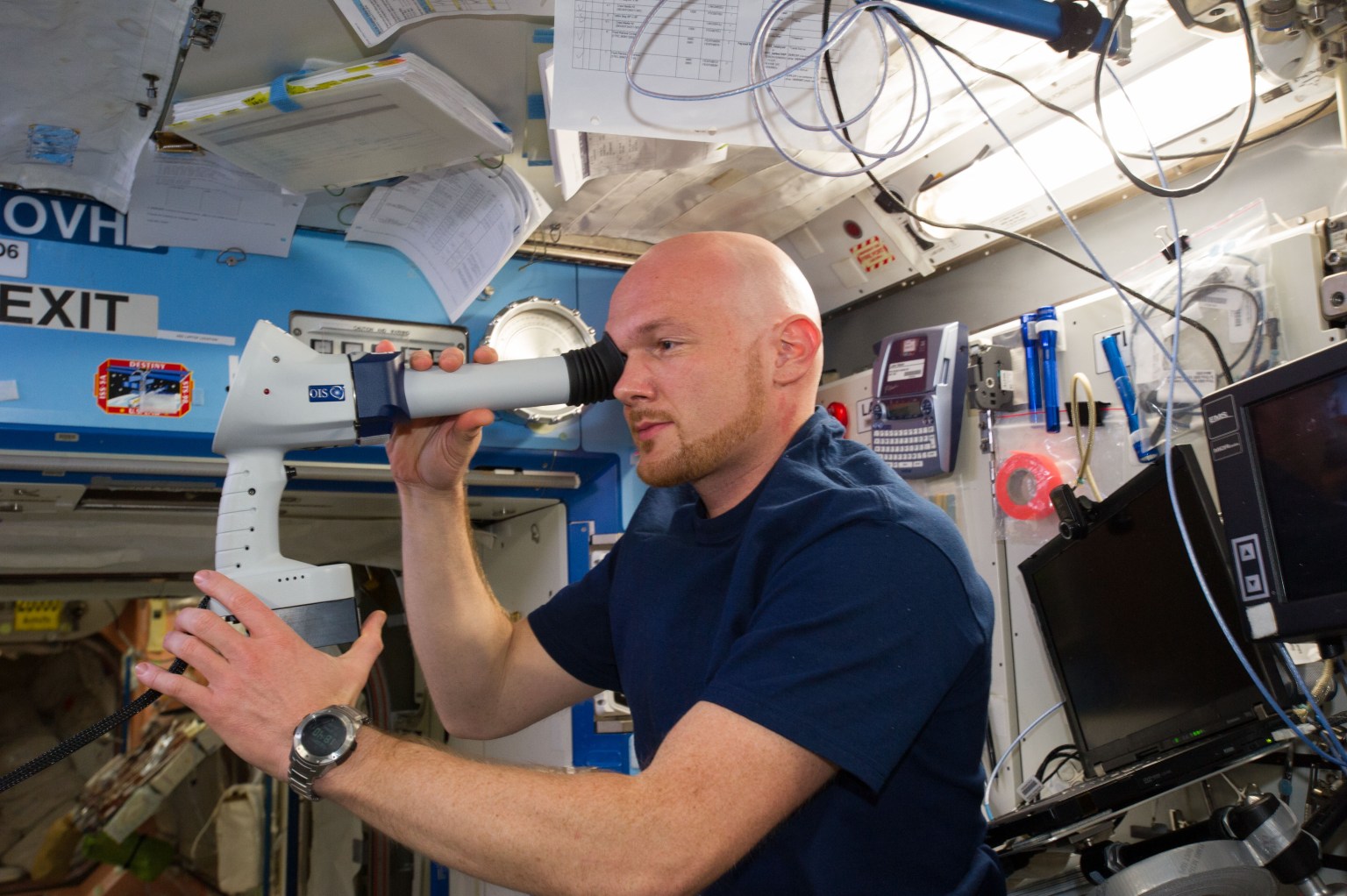
Hydrogen Sulfide Independent Assessment
NASA’s Office of the Chief Health and Medical Officer (OCHMO) assembled a small working group to review hydrogen sulfide Spacecraft…
Read the Story
Contact Us
Need further help with Human Health and Spaceflight Standards?
We will never share your email address.





